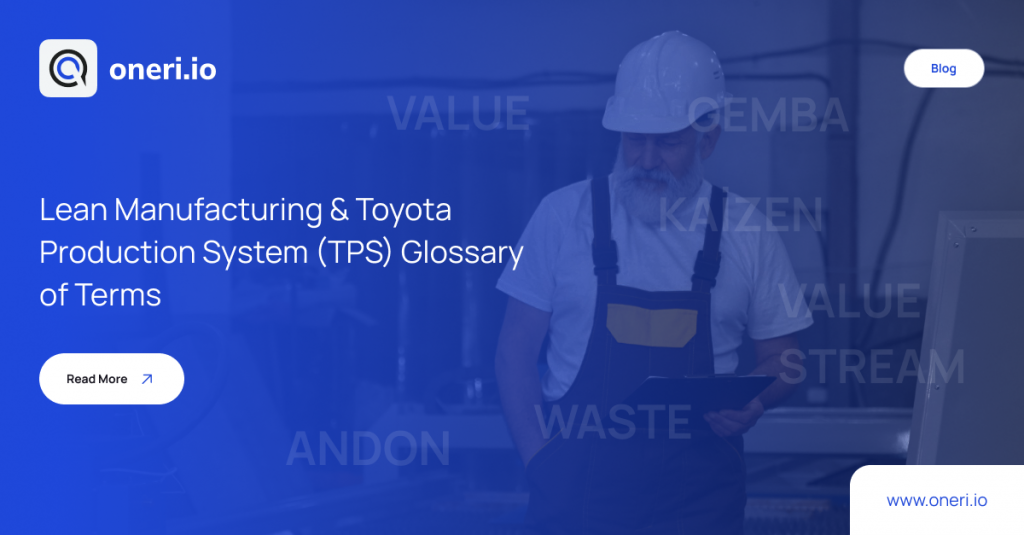In order for companies to remain successful and productive, change management should be implemented. Innovation occurs due to the change. Change can come from internal and external sources. Both of these require change management for the company to continue thriving. Implementing this effectively requires strategic management, but if it is not successful, ignoring change management can result in high costs and loss of revenue.
What is Change Management?
Change management is the process of introducing change, whether changing the processes your business currently uses or altering how your product operates, to employees and customers. Change management is a common practice for businesses that want to be more effective and efficient. It’s a strategic process, much more than it is a marketing phrase.
Change management is a continuous process that involves all levels of an organization, from the CEO to line workers and all the people in between. A change manager helps guide and support employees through the change so they will be on-board while creating better working relationships that positively affect company culture.
The Importance of Change Management
Why is Change Management Necessary?
Change management was seen as a good thing to implement, but not considered necessary. Today, it is something that everyone should do in every organization.
Change management can help prevent disruption to your business, which can help a company keep its business running. It increases efficiency while saving companies money. Research shows that corporate initiatives that involve well-executed change management are much more likely to achieve goals.
5 Steps in the Change Management Process
1. Preparation:
2. Communication:
3. Implementation:
4. Monitoring:
5. Adjustment:
What Are the Consequences of Ignoring Change Management?
- Projects experience delays and budget overruns.
Not giving the necessary importance to change management, weak participation and not adopting the change can prevent budget overruns, delays in projects and realizing the target. This increases costs and reduces their purchases.
- Efficiency drops.
Efficiency may decrease in a company without a change management strategy. This can affect both customers and vendors.
- Motivation drops.
Change does not only affect the financial condition of the company. It also affects the employees at the workplace. For this reason, employees in companies without change management may feel stuck emotionally and psychologically. Change management maintains employee morale and makes them stronger emotionally and psychologically.
- Opportunities are Lost
In a company where change management is not well executed, the opportunity to reach the highest capacity of the company is lost. Because of this, it becomes difficult to realize the expected results from a project. Productivity and incomes decrease, and expenses increase. It cannot be adapted to the change in the outside world and its market share is getting smaller and smaller. But avoiding all this depends on one thing; change management.
How to Manage Change Management Effectively?
There are many successful ways to manage change. It is important to keep in mind that every business is different and strategies should change accordingly. Change management will be successful only when the right steps are taken by the leaders. The ability to lead change is an important skill when running a business. Effective leaders know how to motivate their teams to improve their performance, increase productivity and stay motivated. Without the right management strategies, you may not only be able to achieve your goals, but also create a negative atmosphere in your organization.







